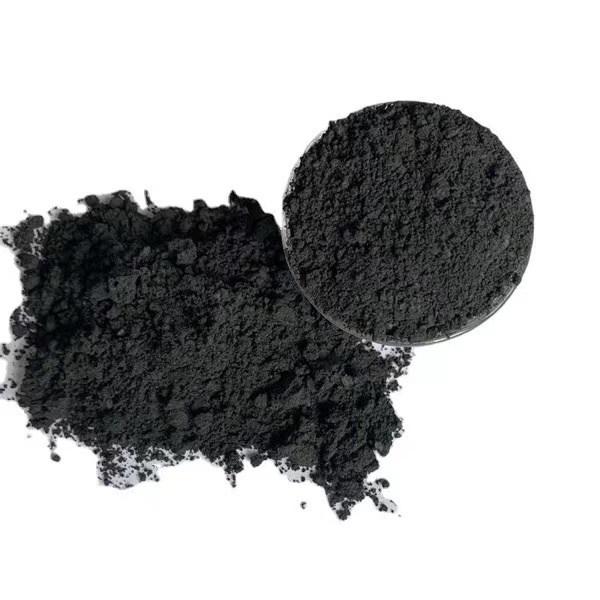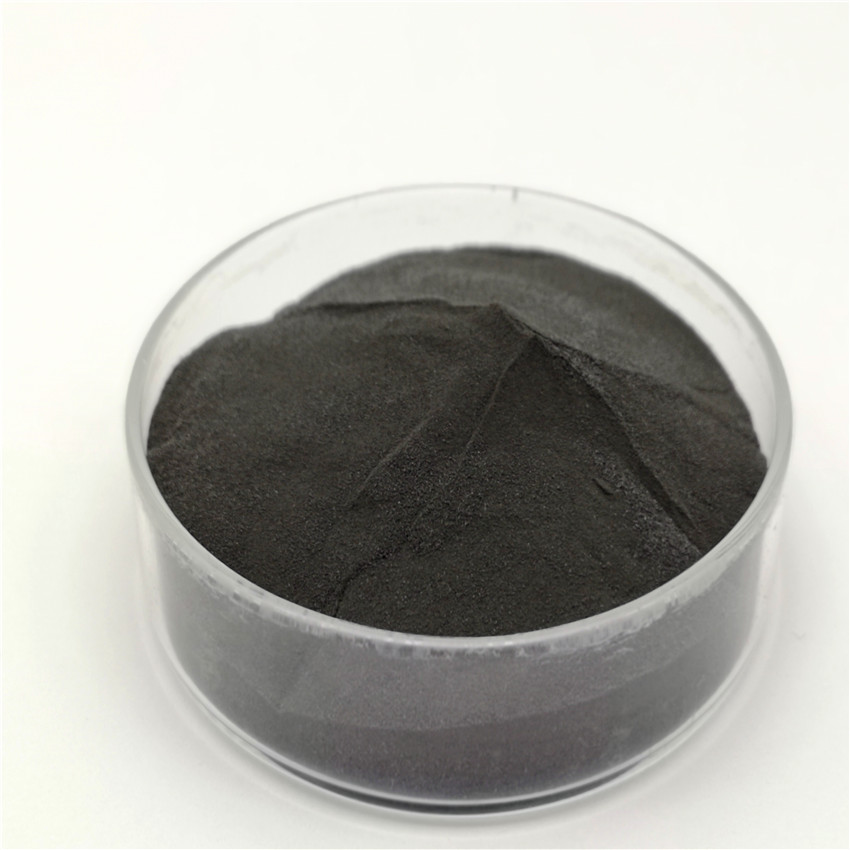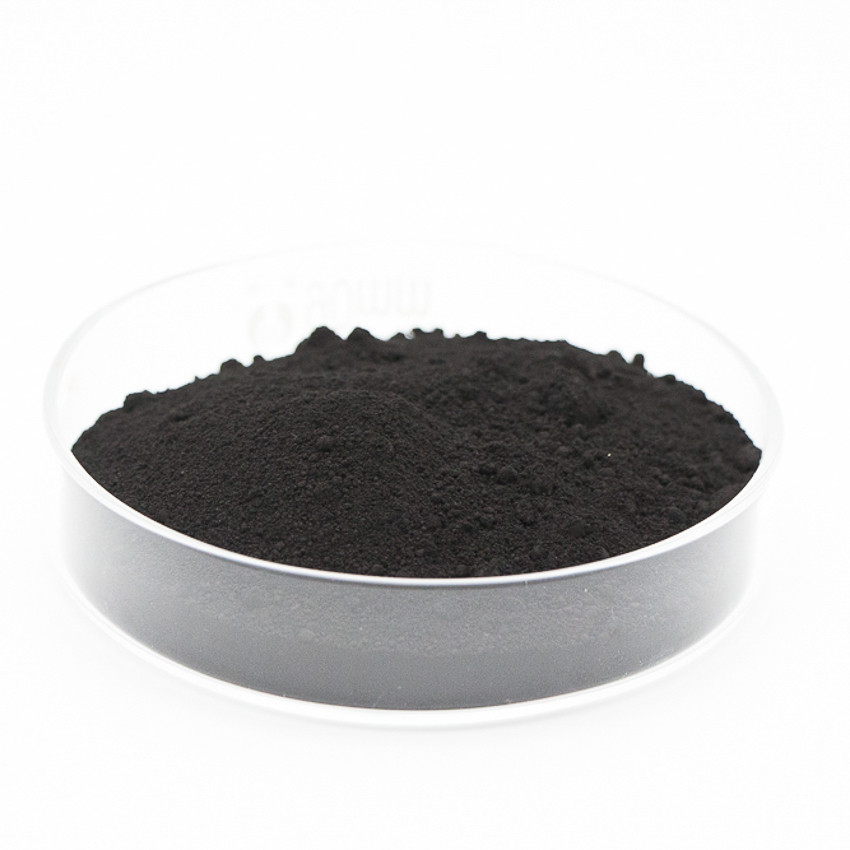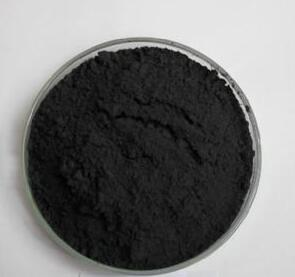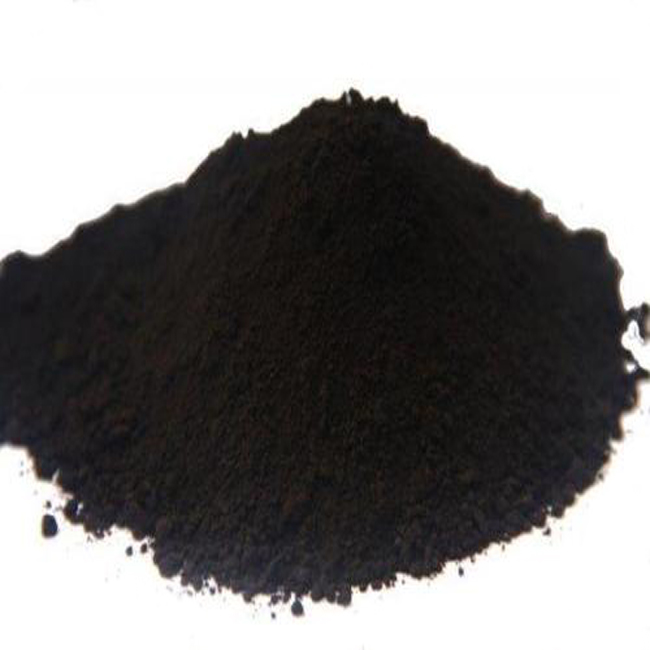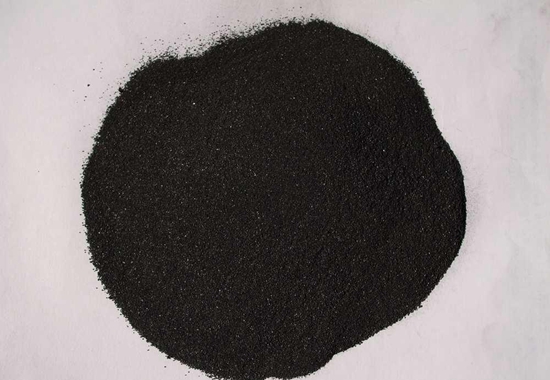Graphite As the Anode Material in Li-Ion Batteries
Graphite is the anode material in lithium-ion batteries used for electric vehicles (EVs). It is a conductive and thermodynamically stable carbon. It can be pulverized into nano-sized particles by a diamond-based pulverization process. Its high specific surface area and continuous mesopores provide a short Li+ diffusion path inside the particle.
The physics of battery cells is complex and multi-layered, and the performance of batteries depends mainly on the raw materials used. Graphite is the key raw material for Li-ion batteries, because of its strength and temperature resistance that can go up to 3,500 degrees C.
Silicon is considered the most promising anode material for future generation Li-ion batteries, but its practical applicability is limited by poor rate properties and low cycle performance compared with graphite. Therefore, anode materials should simultaneously maximize the advantages of both silicon and graphite to obtain desired electrochemical performance.
A novel composite anode material based on silicon/graphite/amorphous carbon (Si/G/C) has been prepared by a facile spray-drying method and characterized. The material demonstrates excellent electrochemical performance, including high rate capability, energy density, and reversible capacity retention.
Spherical morphology of the graphite particles is crucial for improving the performance of anodes. It also leads to better conductivity of the battery cells, which is beneficial for energy storage and transportation applications.
The anode material can be characterized using scanning electron microscopes and X-ray diffraction to identify the presence of microstructural defects, such as lithium dendrites, within the active particles. This can help to elucidate the electrochemical interfacial kinetics and mechanical failure processes in EVs. In addition, it can reveal the effect of diffusion of Li-ions on the insertion and extraction stresses within the anode material, as well as the evolution of phase structure and morphology.


